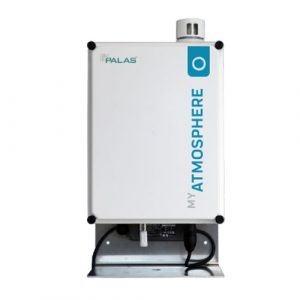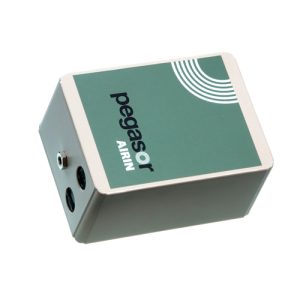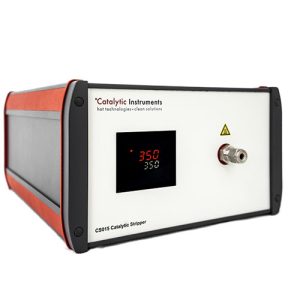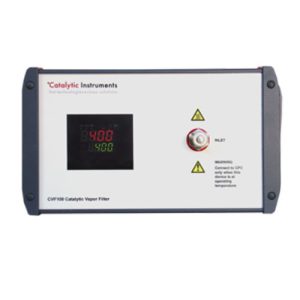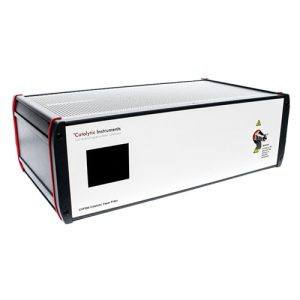Ultrafine Particle Monitoring
Ultrafine Particle Monitoring
Ultrafine particle monitoring and measurements are becoming increasingly popular across many industries. Exposure to ultrafine particles has been linked to a wide variety of health conditions in humans over time. Trying to measure ultrafine and nano particles requires specialized instrumentation.
Many instruments on the market such as optical particle counters and photometers lack the sensitivity and resolution to be able to accurately count and size these particles which can be down to a few nanometers in size. Alpha Scientific has over 36 years of experience in the supply of different measurement systems and instruments for this purpose, while also having experience with different brands, makes and models of technologies.
Condensation Particle Counters
-
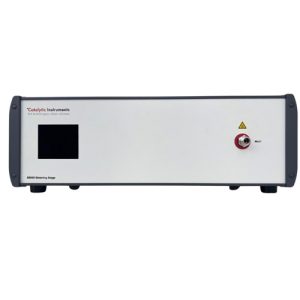
Catalytic Instruments S8000 Particle Sintering Device
$0.00 -

Catalytic Instruments Silver Particle Generator
$0.00 -
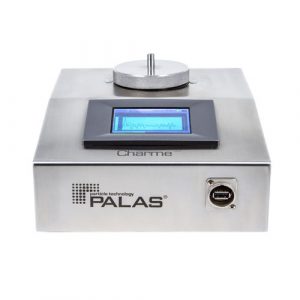
Palas Charme Reference Aerosol Electrometer
$0.00 -
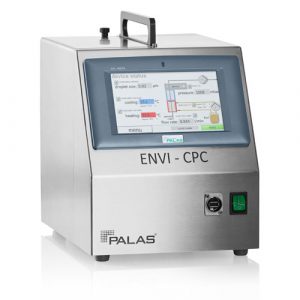
Palas ENVI CPC 100 Condensation Particle Counter
$0.00 -

Palas ENVI CPC 200 Condensation Particle Counter
$0.00 -

Palas ENVI CPC 50 Condensation Particle Counter
$0.00 -

Palas UF CPC 100 Condensation Particle Counter
$0.00 -

Palas UF CPC 200 Condensation Particle Counter
$0.00 -

Palas UF CPC 50 Condensation Particle Counter
$0.00
The supersaturation causes the condensable gas to condense onto any particles present in the air sample, forming droplets around the particles. The droplets then grow by further condensation as they move through a region with a lower supersaturation, called the growth region. Finally, the particles are counted by a detector that detects the light scattered by the droplets.
One advantage of CPCs is their high sensitivity and low detection limit. CPCs can detect particles as small as a few nanometers in diameter and can count particles at concentrations as low as a few particles per cubic centimeter. CPCs are commonly used in a variety of applications, including air quality monitoring, aerosol research, and clean room monitoring.
They are particularly useful for measuring the concentration of ultrafine particles, which can be difficult to measure using other techniques. One limitation of CPCs is that they can only measure the number concentration of particles, and not their size or composition. However, CPCs can be used in conjunction with other instruments, such as scanning mobility particle sizers (SMPS), to provide information on the size distribution of particles in a sample.
SMPS Systems – For Particle Sizing
Diesel particulate matter (DPM) was classified as carcenogic by the World Health Organization (WHO) long ago and obviously having your workers exposed to DPM puts them at some risk. The same applies to other industries (transport, welding, smoke etc) where fine particulates are produced and potentially inhaled by humans.
-

Palas 1000 Series SMPS Systems for Aerosol Professionals
$0.00 -

Palas 1700 Series Universal SMPS Systems
$0.00 -

Palas 2000 Series Professional SMPS Systems
$0.00 -

Palas 2700 Series Professional SMPS Systems
$0.00 -

Palas DEMC 1000 Differential Mobility Classifiers
$0.00 -

Palas DEMC 2000 Differential Mobility Classifier
$0.00
The basic operation of an SMPS involves drawing a sample of air through a DMA, which is an instrument that uses an electric field to size-select particles based on their electrical mobility. The DMA applies a voltage gradient across two parallel plates, causing particles to move along a trajectory that is a function of their electrical mobility. By varying the voltage gradient applied to the plates, the DMA can select particles with a specific electrical mobility.
After passing through the DMA, the selected particles are counted by a particle counter, which typically uses a CPC or a laser-based instrument to detect and count particles. By varying the voltage gradient applied to the DMA over a range of values, the SMPS can size-select particles over a range of sizes and provide information on the size distribution of particles in the sample.
SMPS systems have a number of advantages for particle research, including their ability to measure the size distribution of particles in real-time, their high resolution and accuracy, and their wide dynamic range. SMPS systems can typically measure particles over a size range from a few nanometers to several hundred nanometers, making them useful for studying both ultrafine particles and larger aerosols.
Fixed Indoor & Outdoor Monitoring Stations
Catalytic Strippers
The core technology was developed at the university of Minneapolis with a focus on environemental aerosols, today a growing interest is the investigation of combustion generated particles. The technology has a broad range of applications, which have only been investigated in a narrow research and application area. Customized OEM solutions, integrated into particle measurement equipment or as stand alone solutions, they provide tailored units to meet specific customer requirements and research needs.
Catalytic Vapor Filters
The core technology was developed at the university of Minneapolis with a focus on environemental aerosols, today a growing interest is the investigation of combustion generated particles. The technology has a broad range of applications, which have only been investigated in a narrow research and application area. Customized OEM solutions, integrated into particle measurement equipment or as stand alone solutions, they provide tailored units to meet specific customer requirements and research needs.
Calibration Systems & Instruments
- Diesel particulate monitoring in undergound mines
- Smoke monitoring & studies
- Monitoring airports
- Formation and dispersion studies
- Ultrafine particle research
- University studies, projects and research
- Air purifier testing and studies
- Indoor air quality studies
- Monitoring vehicle exhaust levels in tunnels
- Atmospheric research
- Workplace OH&S studies
- Urban air quality monitoring
- General environmental monitoring
- Monitoring aerosols coming from freeways and roads
- Filter testing & media testing
- Medical and pharmaceutical drug delivery

